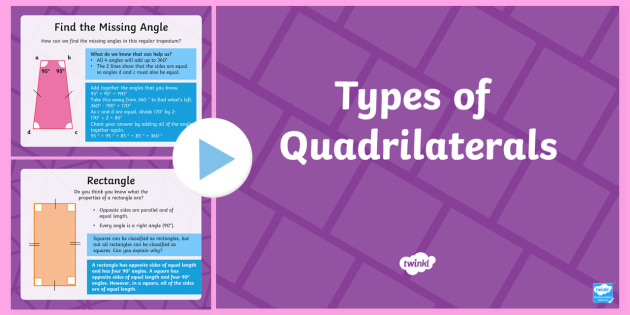


A trapezoid (also known as a trapezium) is a flat 2D shape with four straight sides. It has one pair of parallel sides which are usually the top and bottom sides. The parallel sides are called the bases, while the non-parallel sides are called the legs.
Some say that the trapezoid has only one pair of parallel sides, which would mean that they could not be parallelograms. This is known as the exclusive definition.
Others believe, and this is the more popular opinion, that trapezoids have at least one pair of parallel sides, so they can be a special type of parallelogram. This is known as the inclusive definition, which has also been supported in the higher, especially, the ‘taxonomy of quadrilaterals’ (which is an ordered group category of quadrilaterals, or four-sided shapes).
Different cultures define the shape differently.
The parallel sides may be vertical, horizontal, or slanting and are known as bases, and the non-parallel sides are known as legs. The distance from one base to another is known as the altitude.
A trapezoid can also be known as a trapezium, mainly outside the US and Canada.
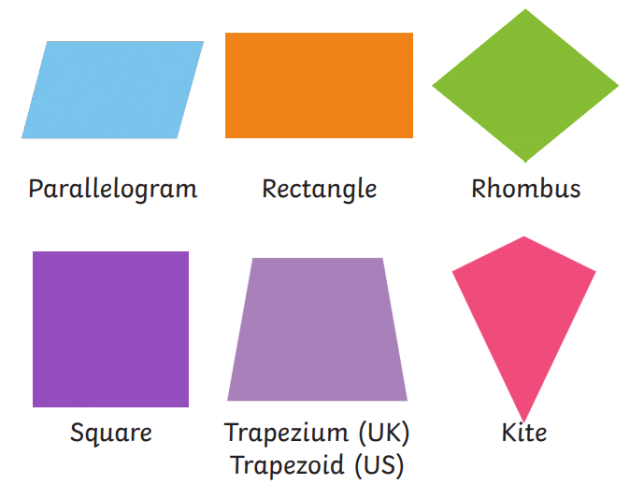 Is a trapezium the same as a trapezoid?
Is a trapezium the same as a trapezoid?There is still debate about this. In the US and Canada a quadrilateral shape with at least one pair of parallel sides is known as a trapezoid. This is what is called a trapezium outside those countries.
However, some suggest that in the US and Canada a trapezoid has one pair of parallel sides and a trapezium has no parallel sides. They also say that the UK has this reversed; a trapezoid has no parallel sides and a trapezium has one pair of parallel sides.
So the definitions are still debated.
There are three main types of trapezoids:
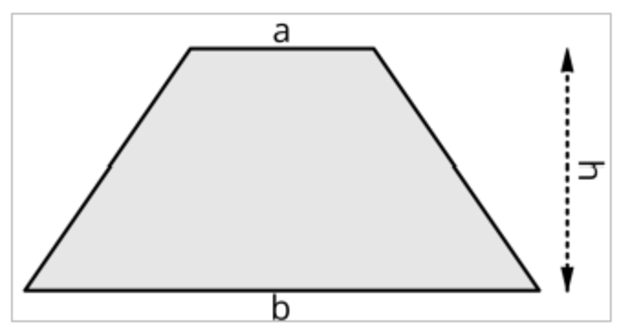
To work out the area of a trapezoid add the two parallel sides together, divide by 2, then times that by its height.
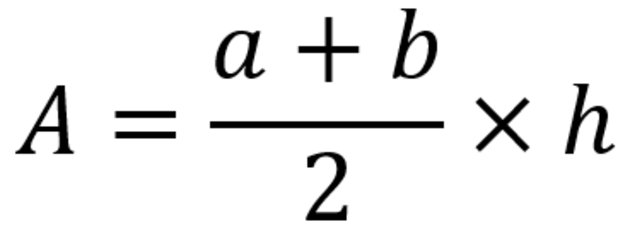
For example, if a trapezoid has two bases, one 4cm, one 18m and the height is 7cm:
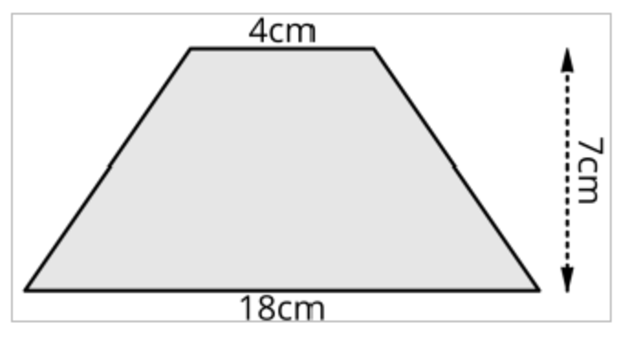
We can work this out:

Working out the perimeter of a trapezoid shape is really easy, simply add all the different side lengths together.
A trapezoid can be a square if all the sides are equal in length and at right angles to each other.
It can be a rectangle if its opposite sides are equal in length and at right angles to each other. So, all rectangles are trapezoids, but, not all trapezoids are rectangles.
It’s a parallelogram if both pairs of opposite sides are parallel.
Trapezoids may not have any right angles, or they could have two of them.
Most have acute angles, which are angles that are less than 90 degrees. Also, not all angles need to be equal. An isosceles trapezoid has two pairs of equal angles at each end of the shape.
All angles will always add to 360 degrees.
These fab 2D Shape Properties Display Photos are great for introducing your children to shapes and getting them familiar with the key features of them. For example, how many sides and angles they have.
Needing more in-depth information? The KS2 Types of Quadrilateral PowerPoint is a nice class activity to go through with all your children at the same time. Each slide contains useful diagrams and information about each shape, including information on angles, classifications and some discussion prompts.
Get creative with your teaching and give the children the Draw The Shape Game - Shape games for KS1 Children. A fun activity that will ask children to use the given clues to draw out shapes. A great group or paired game that develops knowledge of shapes and fine motor skills.
 Home
Home  Membership
Membership  TwinklCares
TwinklCares  Create
Create  Blog
Blog 

